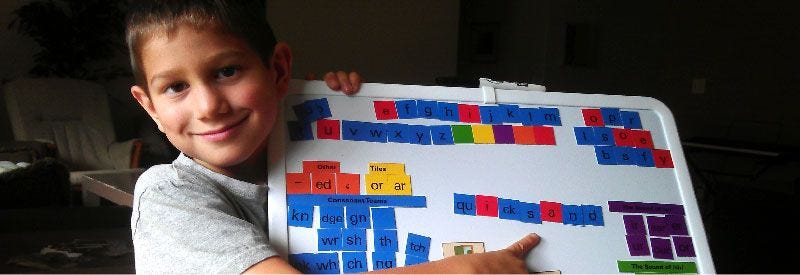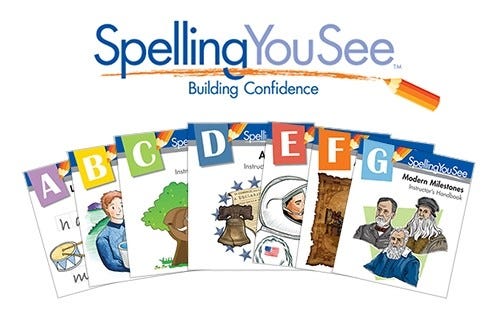Homeschool Spelling Curriculum
Spelling is built in if you are using Sonlight Language Arts with History / Bible / Literature programs A-C. Beginning with Language Arts 1, each week’s spelling list coincides with the phonetic patterns being taught.
For Language Arts D - F, we've provided two different spelling programs from which to choose. Read over the descriptions below, then pick a program that looks like a good fit for your family.
Don't be overwhelmed! Either program is a good option that has helped thousands of students learn how to spell. Just choose the one that appeals to you the most. If you decide it doesn't work well for you family, you can always make a switch.

Homeschool Spelling Programs

All About Spelling
This multisensory approach ensures students retain what they learn. If you are just beginning to teach your children spelling, want a program that appeals to a variety of learning styles, or if your children need remedial help, this customizable program could be an excellent fit.

Spelling You See
This program doesn't use traditional spelling tests, word lists, or flashcards. The developmental process of spelling is similar to what children go through when learning to walk. In the same way, this program guides your student through the stages in the process of learning to spell.